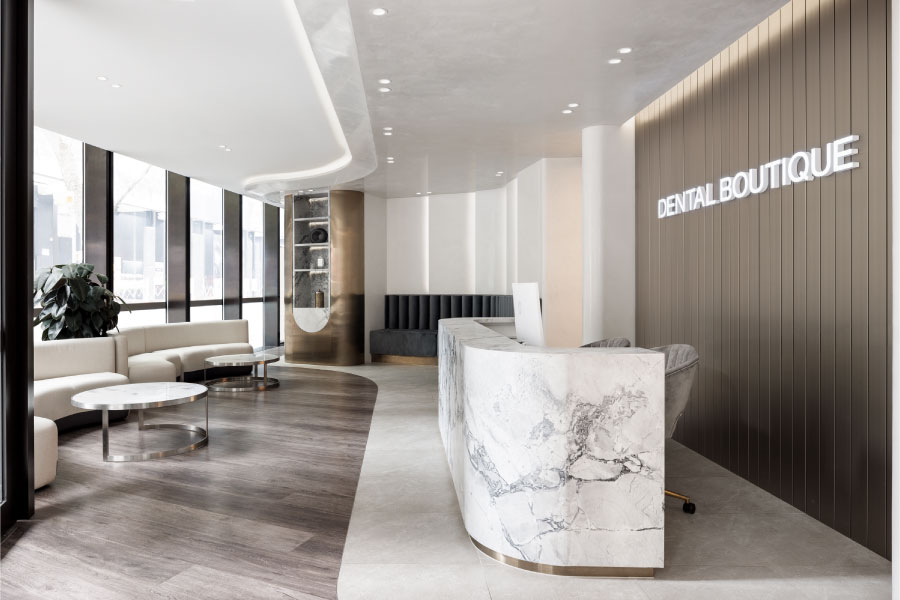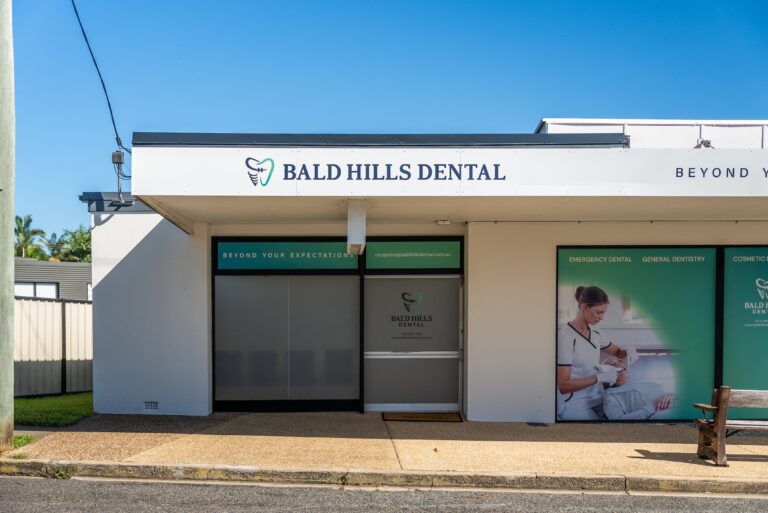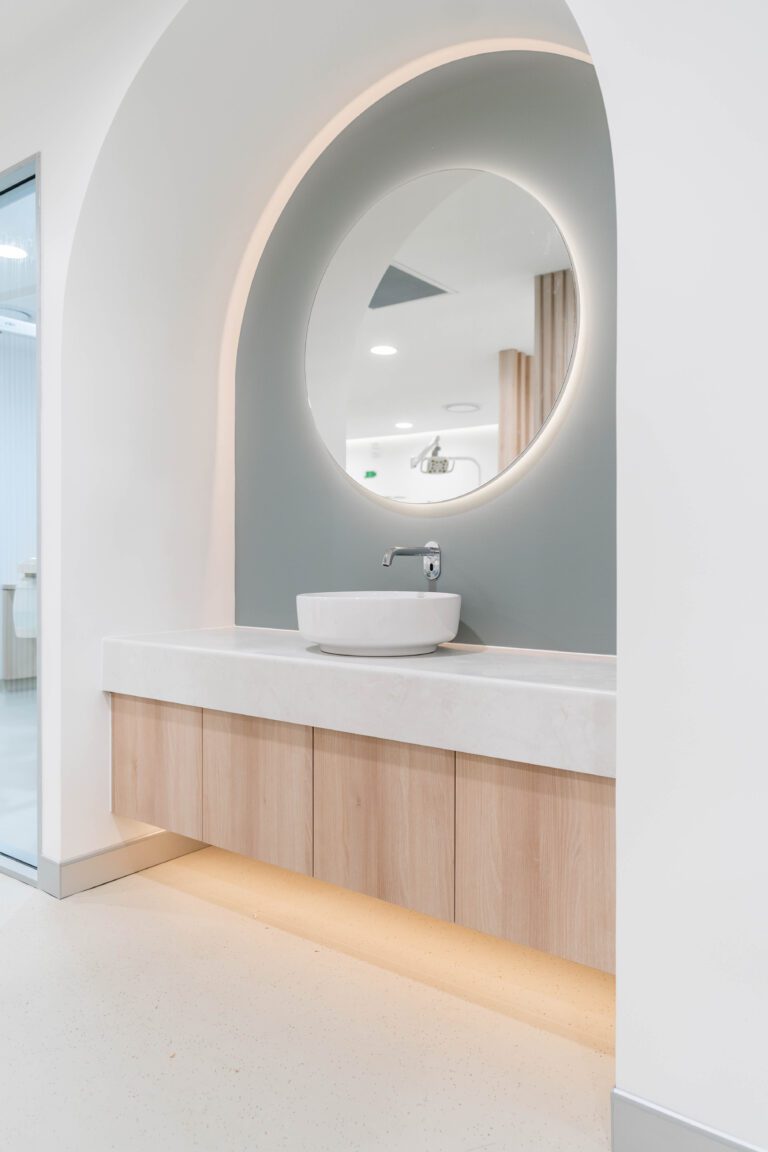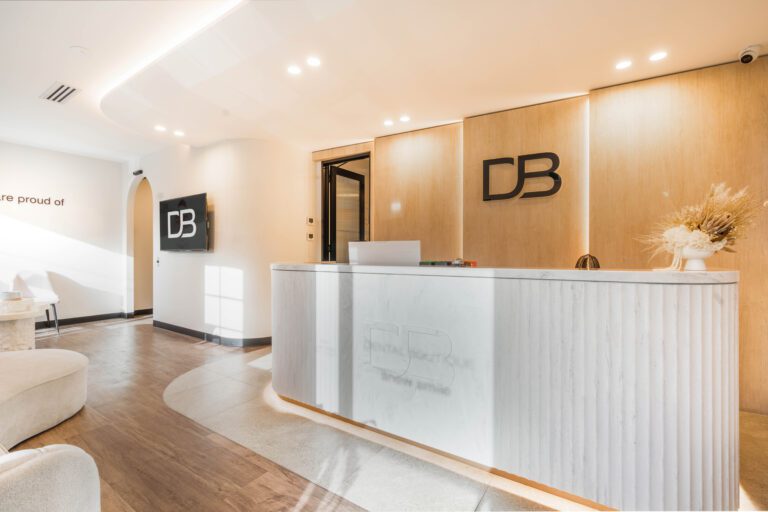A poorly designed clinical workflow in healthcare isn’t just inconvenient, it can quietly drain time and money, frustrate your team, and ultimately cost you patients.
Many clinics across Australia, including dental and medical practices, have developed workflows over time instead of intentionally designing them. While these processes might seem familiar, they often undermine efficiency and effectiveness, increase operational costs, and impact patient care and outcomes.
In an industry where compliance regulations in healthcare are becoming more stringent, these inefficiencies can quickly become major liabilities, affecting not just daily operations but also long-term growth and reputation.
Why Inefficient Clinical Workflows Are Holding Your Practice Back
A clinical workflow in healthcare is more than a floor plan; it’s the foundation for delivering safe, high-quality care and achieving strong patient outcomes. This is especially true in dental and medical fitouts, where smooth patient movement, sterilisation zoning, and efficient staff pathways are essential.
Poor workflows create obstacles that delay treatment plans, slow care delivery, and compromise the patient experience. They also hinder growth, reduce profitability, and damage your reputation.
Some common consequences include:
- Long wait times frustrate patients and reduce loyalty.
- Administrative errors and billing issues disrupt practice management and cash flow.
- Staff burnout caused by constant workarounds and stressful environments can significantly impact care quality.
- Limited capacity to see more patients or expand services, reducing growth potential.
When staff morale suffers, patient care and outcomes decline. A supportive, efficient workflow helps your team perform at their best and builds long-term patient trust.
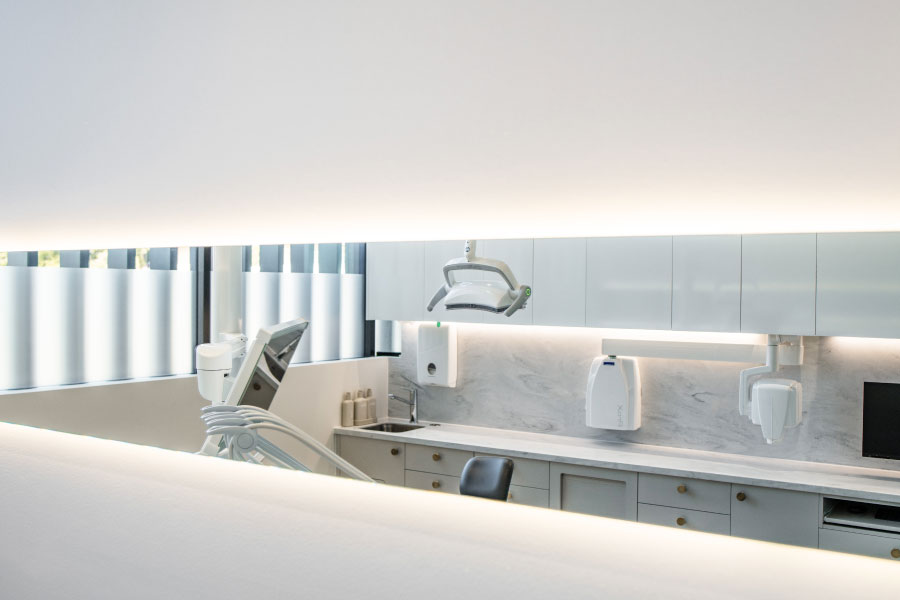
The Critical Role of Compliance in Clinical Workflow Design
Compliance regulations in healthcare set essential standards for safety, accessibility, and patient record management. Integrating these requirements into your clinical workflow from the outset is crucial for protecting patients, supporting your care team, and avoiding costly disruptions.
In Australia, these regulations cover:
- Infection control and sterilisation processes.
- Accessibility standards (AS1428.1) for inclusive, barrier-free care delivery.
- Fire safety and emergency egress design.
- Secure storage and handling of patient records and medications.
- Radiation shielding and zoning, particularly important in dental and medical fitouts.
A compliant clinical workflow helps you avoid inspection failures and penalties while supporting high-quality care and stronger patient outcomes.

The Hidden Costs of Inefficient Clinical Workflows
It’s easy to underestimate the cumulative impact of an outdated clinical workflow in healthcare.
Time
Staff waste valuable hours each week navigating inefficient layouts, searching for supplies, and managing bottlenecks instead of focusing on real-time patient care.
Money
Inefficiencies drive up operational costs, delay billing, and often lead to expensive retrofits to meet compliance standards. Investing in process improvement and optimised workflows upfront is far more cost-effective.
Patient Trust
Disorganised work environments undermine confidence and create inconsistent experiences that erode patient loyalty and trust. Over time, this reduces retention, referrals, and patient outcomes, ultimately impacting your reputation and growth.
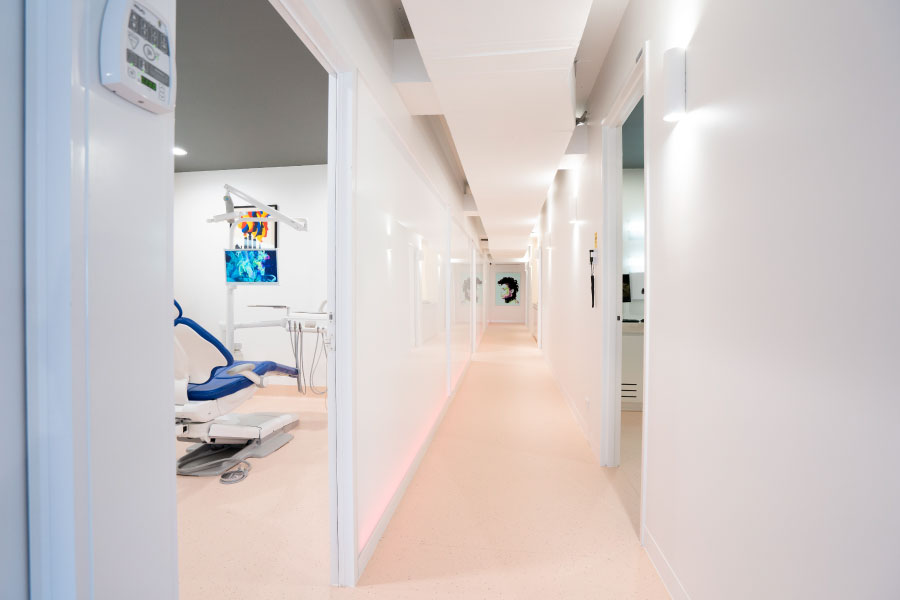
Why Your Clinical Workflow is an Investment
Optimising your clinical workflow in healthcare is about more than meeting compliance standards. It strengthens efficiency and effectiveness, improves care delivery, and supports better patient outcomes.
A well-designed workflow helps you:
- See more patients without compromising quality.
- Lower operational costs and improve practice management.
- Boost staff morale, leading to better retention and a healthier work environment.
- Strengthen patient loyalty and build a reputation for excellence.
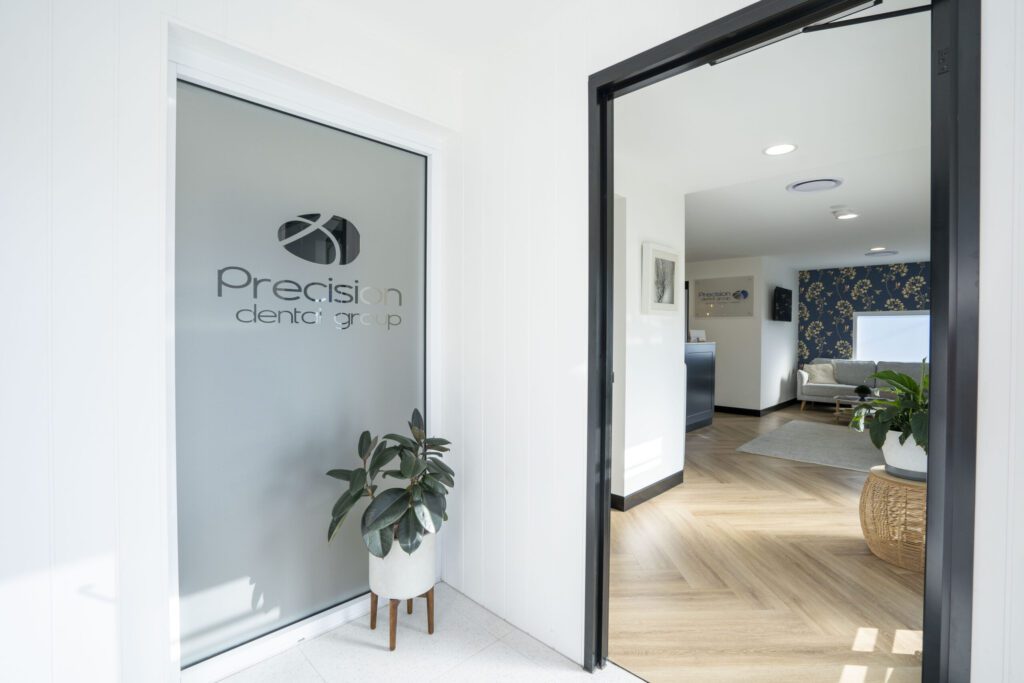
Designing Workflows That Support Future Growth
Building an effective clinical workflow in healthcare requires a deep understanding of patient journeys, treatment plans, and operational needs. This is especially true in dental and medical fitouts, where every space must support clinical efficiency and patient comfort.
Key considerations include:
- Reducing cross-traffic and separating clean and contaminated zones.
- Creating accessible, intuitive layouts for patients and staff.
- Designing work environments that support delivering treatment plans sequentially or simultaneously, based on each patient’s needs.
- Integrating well-placed storage, hygiene stations, and patient record areas.
- Future-proofing for evolving care delivery models and new technologies.
A proactive approach ensures your clinic operates efficiently today and seamlessly adapts to future growth, all while maintaining the highest standards of patient care.
Frequently Asked Questions
Q. What are clinical workflows in healthcare?
Ans. Clinical workflows in healthcare refer to the step-by-step processes that guide how patients, staff, and information move through a clinic. They include everything from patient check-in and treatment room transitions to sterilisation procedures and record-keeping. Well-designed workflows improve efficiency, safety, and overall patient experience.
Q. What are the risks of not optimising clinical workflows in healthcare?
Ans. Poorly designed workflows can lead to longer patient wait times, higher staff burnout, billing mistakes, and potential breaches of compliance regulations. Over time, this can damage your reputation, reduce profitability, and even result in legal consequences.
Q. Can clinical workflow improvements help future-proof my practice?
Ans. Yes. By designing workflows that support both current operations and future growth, including changes in technology, services, or compliance standards, you make your clinic more adaptable and sustainable long term.
Q. How do I know if my current clinical workflow needs improvement?
Ans. Common signs include frequent bottlenecks, long patient wait times, staff burnout, repeated mistakes in administration, or difficulty maintaining compliance standards. If you notice any of these, it may be time to review and redesign your workflow.
Q. Can small clinics benefit from workflow optimisation too?
Ans. Absolutely. Even smaller practices can see major improvements in efficiency, patient throughput, and staff satisfaction by refining their clinical workflows. In fact, smaller clinics often feel the benefits most quickly since they rely heavily on maximising each staff member’s time.
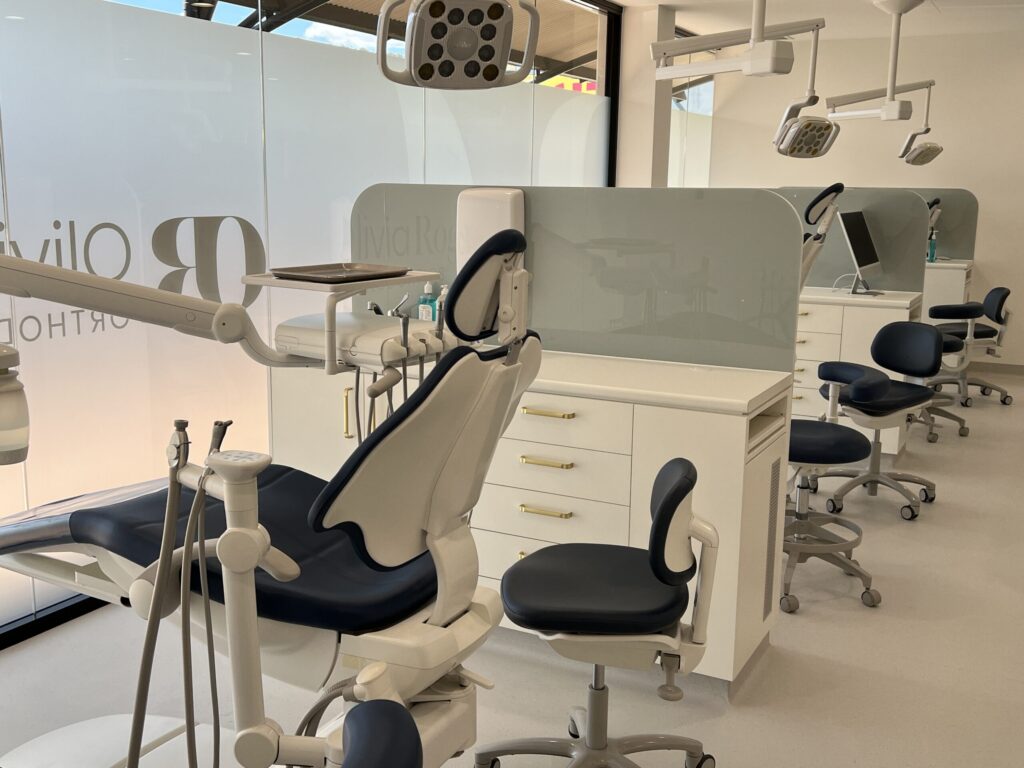
Move Beyond Compliance to Excellence with RiteSpace Construction
Optimising clinical workflows in healthcare is one of the most effective ways to move your practice from functional to truly exceptional. By prioritising efficiency and embedding compliance regulations from the start, you create a safer, smoother environment where patients feel cared for and your team can excel.
Now is the time to turn insight into action. With the right planning and the right partner, you can build a clinic that supports growth, delivers better care, and sets you apart as a leader.
RiteSpace Construction is here to help, delivering compliant, efficient, and beautifully designed clinical spaces tailored to your vision.
Download our free eBook for the latest fitout insights and use our project planning checklist to start mapping your ideal workflow today. When you’re ready, book a consultation and take the first step towards transforming your practice.

